Volkswagen adresses small EV segment with VW ID. Life
At the IAA Mobility, Volkswagen presented the show car ID. Life. The production version – then probably as ID.1 – will look different from the Golf I study. But real technical data are already available.
The good news first: With the ID. Life show car, Volkswagen has given a preview of the “MEB Small” framework data for small EVs. This technology platform is a version of the well-known Modular Electrification Toolkit shortened in wheelbase to 2.65 metres. The MEB Small forms the basis for the upcoming ID.1 small electric car. And in this class, 57 kilowatt-hours (kWh) of battery capacity and 172 kilowatts (kW) of engine power sound pretty strong. Moreover, the 100 km/h mark is to be reached in only 6.9 seconds—the price: from 20,000 euros.
Less encouraging, however, is the fact that the production version of the ID.1 will not be on the market until 2025 at the earliest. What exactly the electric car will look like is also open: The four-metre-long show car ID. Life is merely a design study. It shows how Jozef Kaban, the new chief designer of the group brand, envisions the visual future.
Design borrowings from the Golf I
And at first, it reminds us of the past – the ID. Life clearly borrows from the Golf I. The wide C-pillar and the straight-lined body are obviously reminiscent of the shape drawn by Giorgio Giugiaro at the time. This design, in turn, has been copied with a certain shamelessness by the Honda e. This is how mutual inspiration works.
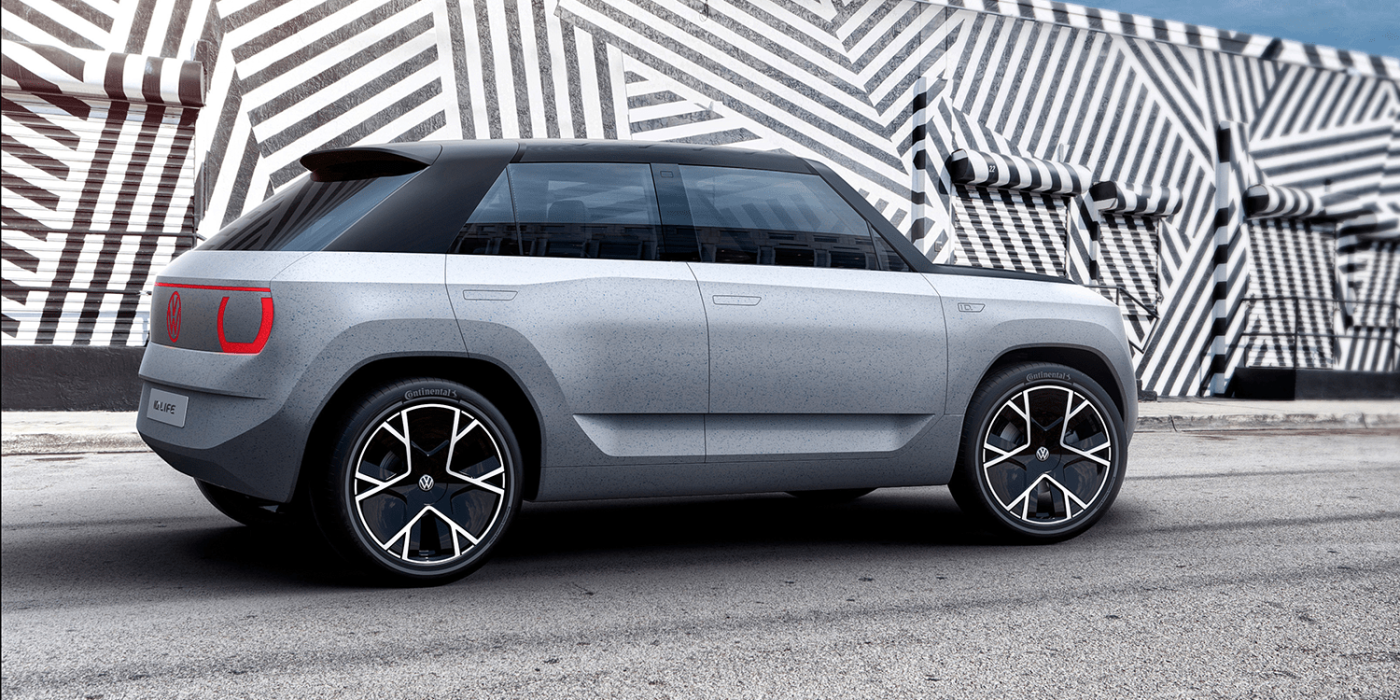
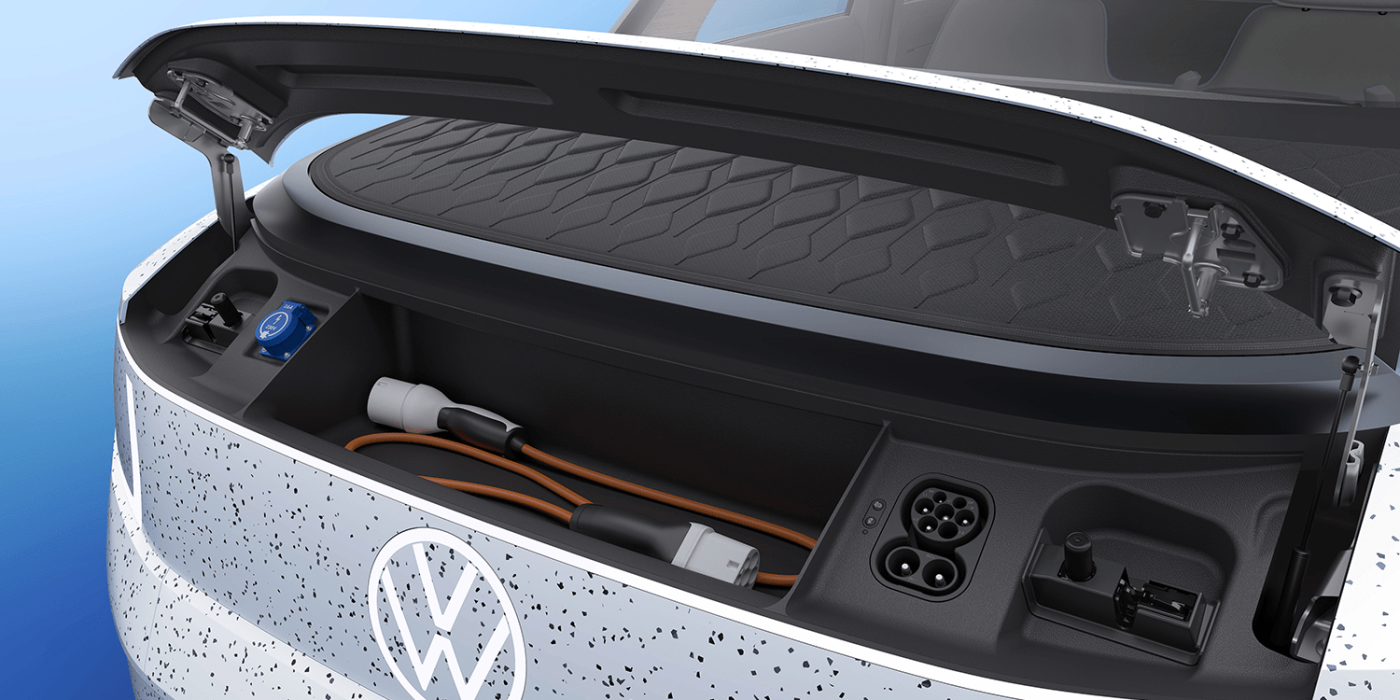
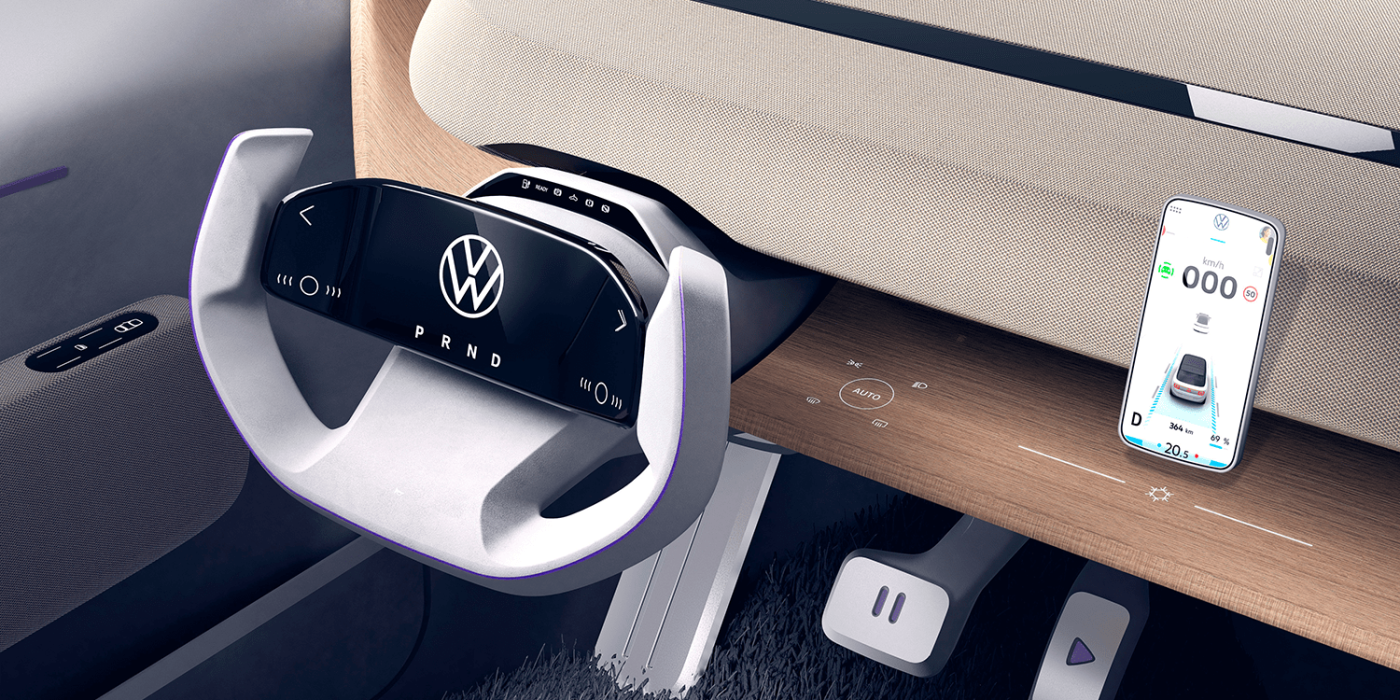
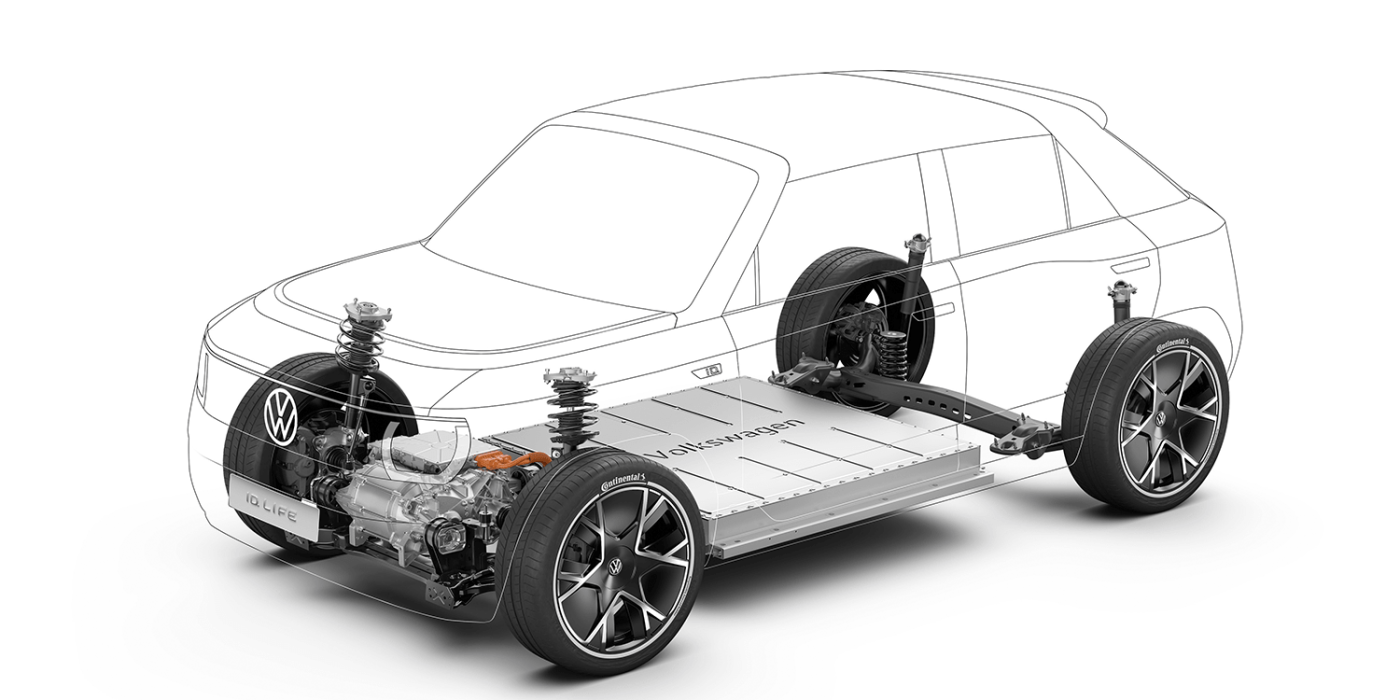
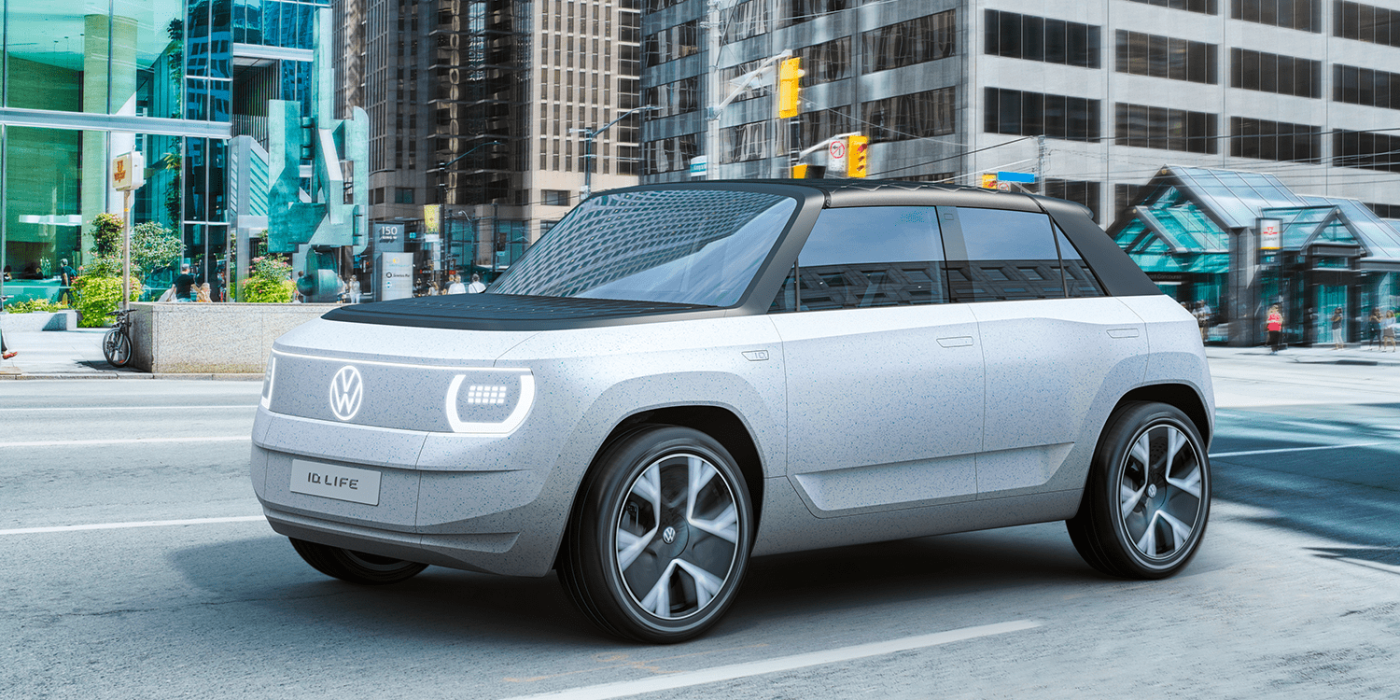
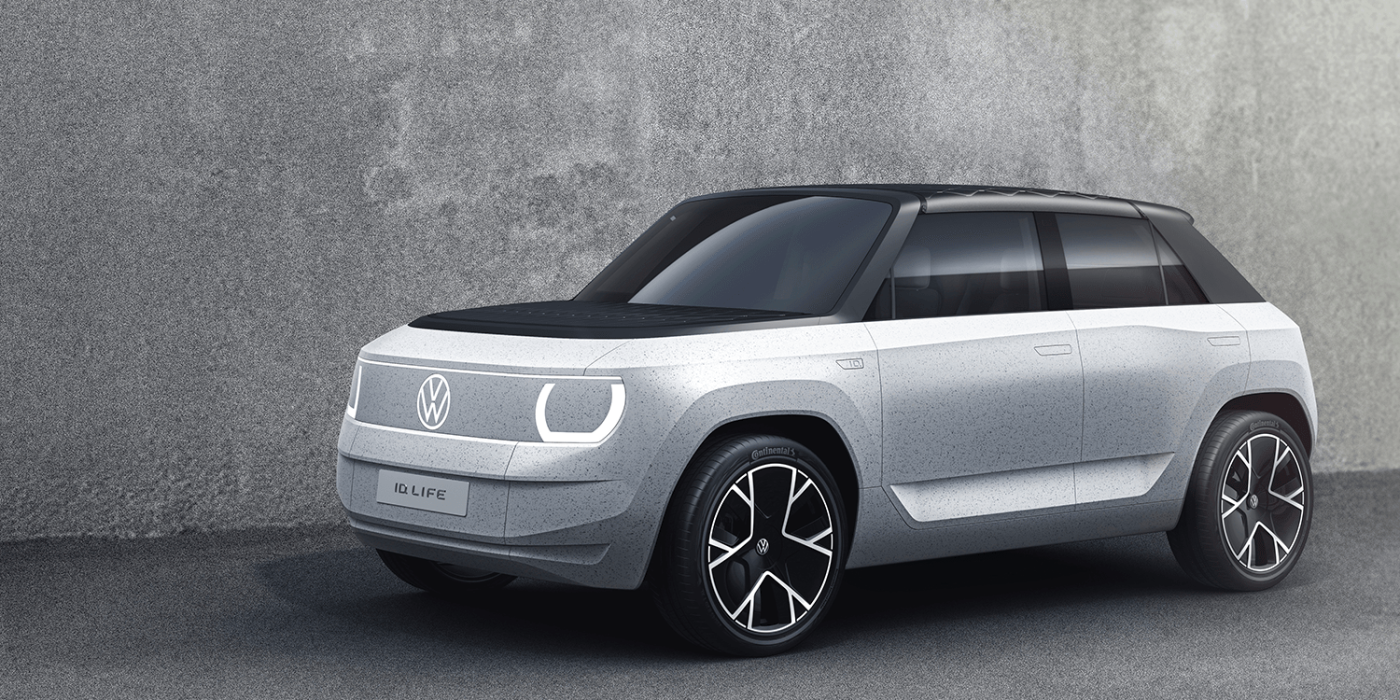
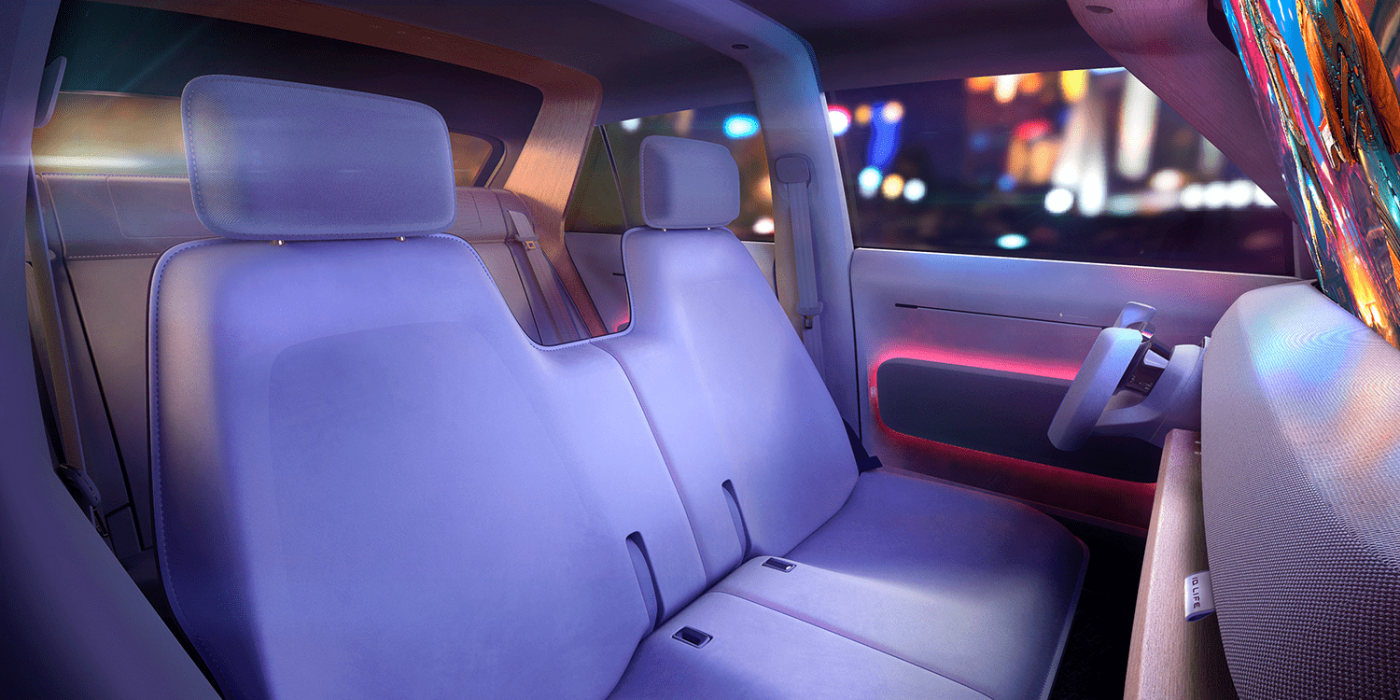
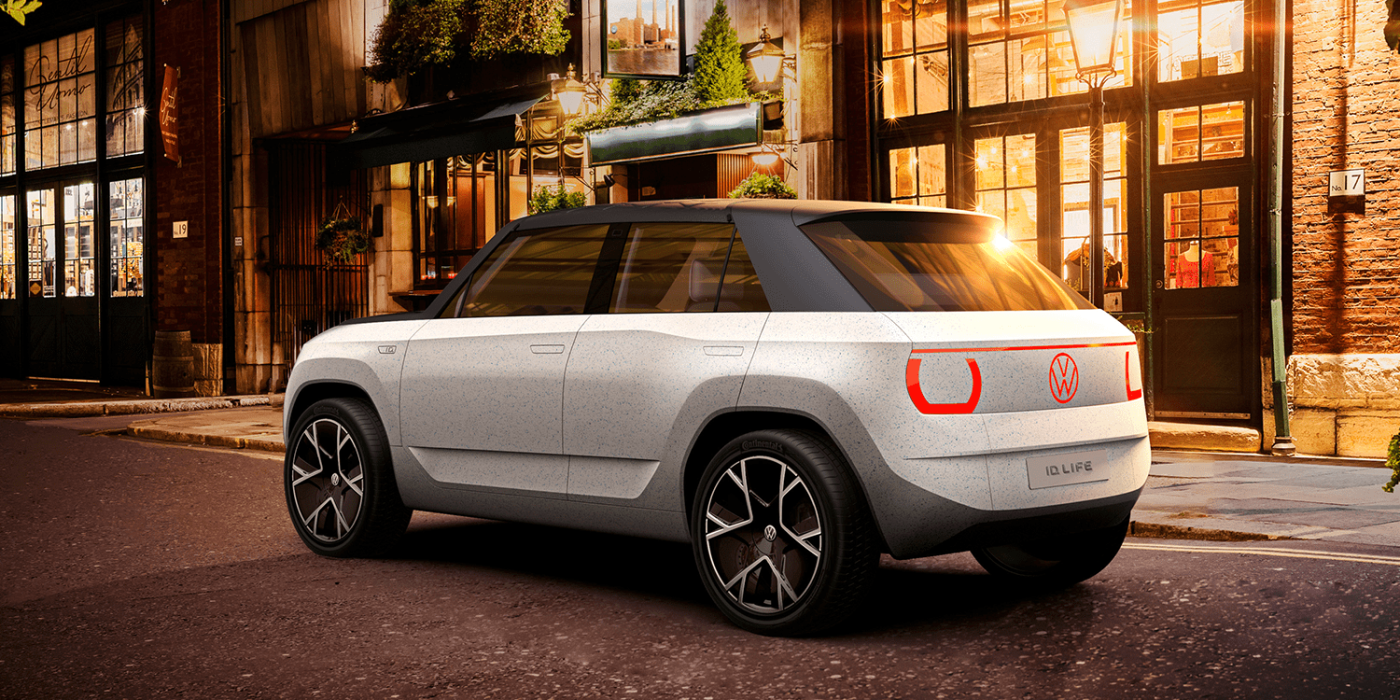
Back to the MEB Small: unfortunately, unlike the current ID. Series, Volkswagen relies on front-wheel-drive here. It is unclear what advantages this is supposed to bring with an electric drive. In any case, the turning circle and traction are likely to be worse than actually necessary. And it is quite certain that a particular element of the ID. Life will not find its way into the production car: The front bonnet with a mini-frunk for the charging cable has to be opened to access the CCS charging socket.
Diess is banking on LFP cells
Herbert Diess had already announced a few months ago that the battery of the upcoming small cars would be made of LFP cells (short for lithium iron phosphate). At Power Day, this strategy was confirmed.
The strength of this cell chemistry is its great robustness combined with low costs. Among other things, thermal runaway is virtually eliminated, and the cycle stability is extremely high. In addition, LFP cells do not require the price-driving cathode metals nickel and cobalt. The drawback: the volumetric and gravimetric energy density is poor, and the performance at low temperatures is also lousy.
However, this has not stopped Tesla from relying on LFP cells in the current Model 3 SR+. Again, Tesla shows how fast development is progressing here: after only a few weeks, the initially catastrophic charging performance in cold conditions was significantly improved via OTA. And according to reports, in the fourth quarter of this year, there will be a hardware update with more capacity – from 55 to 60 kWh, which should then provide the Model 3 with a standard range of just under 500 kilometres.
Meanwhile, BYD has presented the Dolphin small car in China. Sales will begin shortly: The Dolphin’s battery system uses densely packed (BYD: “blade”) LFP cells and 800 volts of voltage. It will be interesting to see what Volkswagen does to counter this from 2025.
Production site in Spain
The Volkswagen show car ID. Life shows several ideas that go beyond the technical framework data and for which there is at least hope that they will find their way into the production car. For example, many recycled or natural materials are used, such as textiles made from PET bottles for the interior or rice husks for the tyres. The full-length front bench seat can be folded down to create a two-metre-long reclining area. And there is a full 230-volt socket in the interior similar to the one in the Hyundai Ioniq 5.
According to Ralf Brandstätter, Volkswagen’s electric small car will be built in Spain. A battery factory is also to be built there. Regrettably, there will be no electric car below the ID.3 in the group during the waiting period until 2025.
With reporting by Christoph M. Schwarzer, Germany.

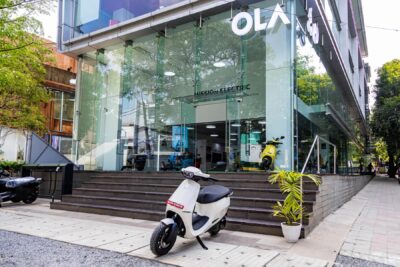
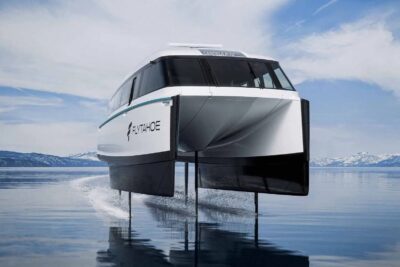
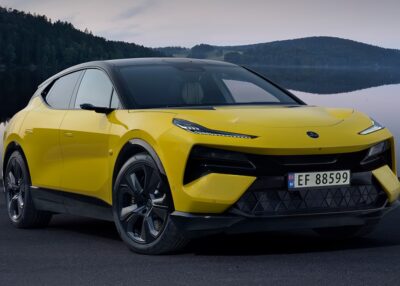
0 Comments